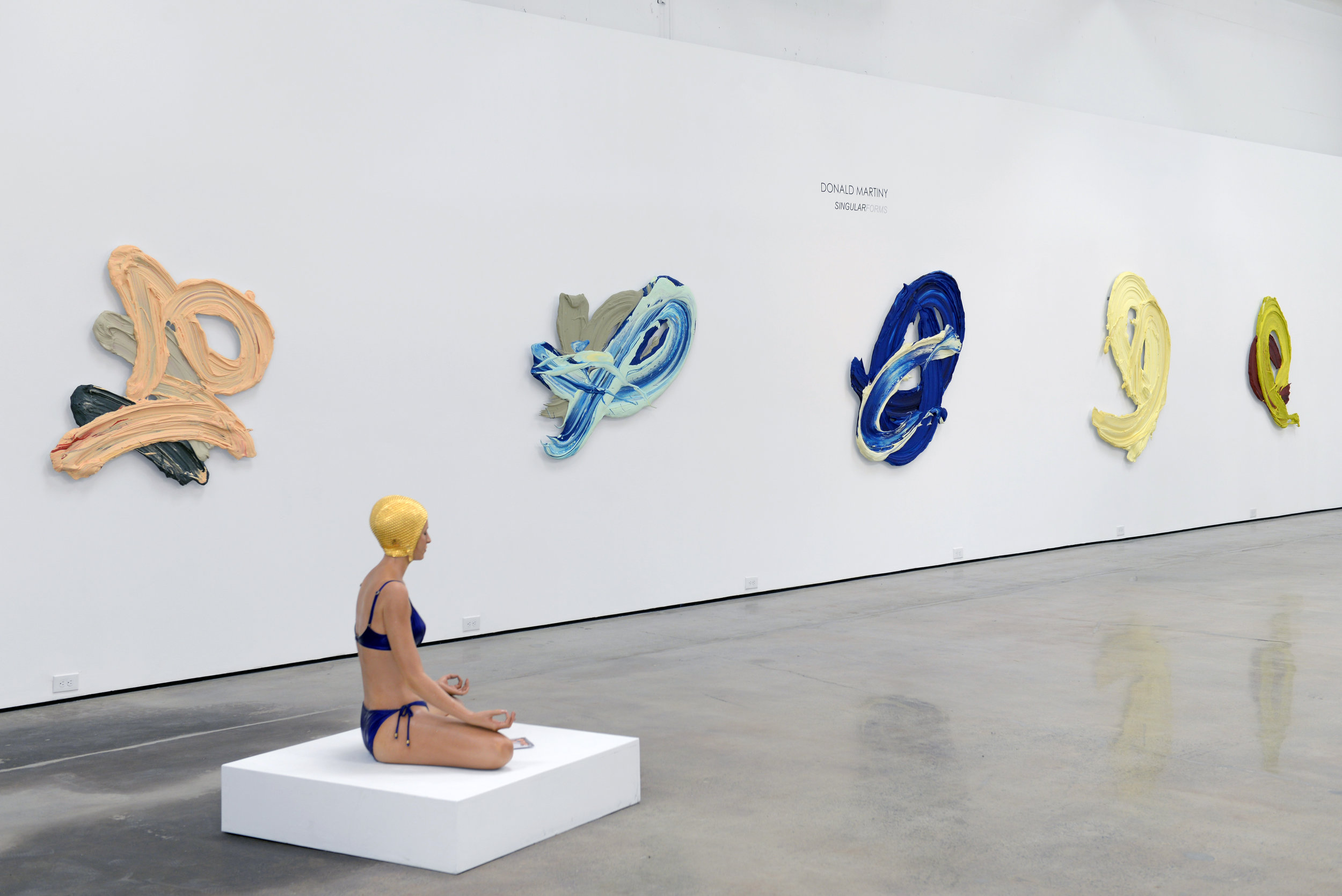If you could be one historical figure who would you be?
I love to imagine what it must have been like for the first person to draw an image. How magical and powerful that must have been. I recently saw Antony Gormley’s film, How Art Began and found it to be stunningly inspiring and fascinating. The tenderness, attention and perhaps even love that is evident in some of those early cave paintings is breathtaking. It is interesting to think of creating an image when no image existed before. How does that happen?
Do you read a lot?
I read voraciously. In the evening I like to read novels and every morning my wife, who is also an artist, and I share a study time. Together we read about art history, theory, criticism, and philosophy. Currently we are reading texts by Yve-Alain Bois, Isabelle Graw, and Rosalind Krauss.
What does color mean to you and how to you arrive at specific colors?
I never think of, or use color in a political or symbolic way, nor do I approach color in a scientific or theoretical way like say Goethe, Chevreul, Itten, or Albers. In fact I don’t really think of paint as paint, or color as color. I experience painting as pushing and moving pure sensation and feeling, e.g., sympathy, elation, agitation, ecstasy, sorrow, passion. More than an exploration of optics or beauty my use of color is a kind of spiritual quest.
What is your work made from, or rather how is it constructed?
My process begins with sketching and play. I make sketches everyday, usually first thing in the morning, although sometimes I change things up and sketch in the evening or even late at night for different light and mood.
I have a dedicated wall in my studio that I fill with my favorites and live with them for awhile. If a sketch still excites me after a period of time I may attempt to make a larger work using it as a starting point or an inspiration. The goal is not to replicate or simply blow up the sketch but to capture the spirit and feeling of it.





















